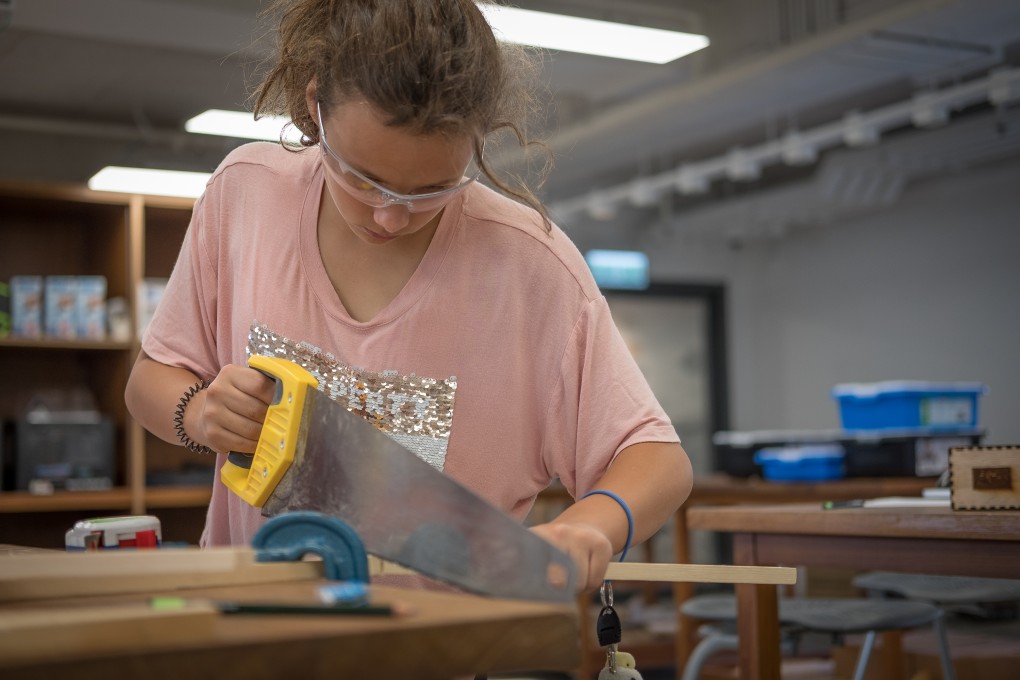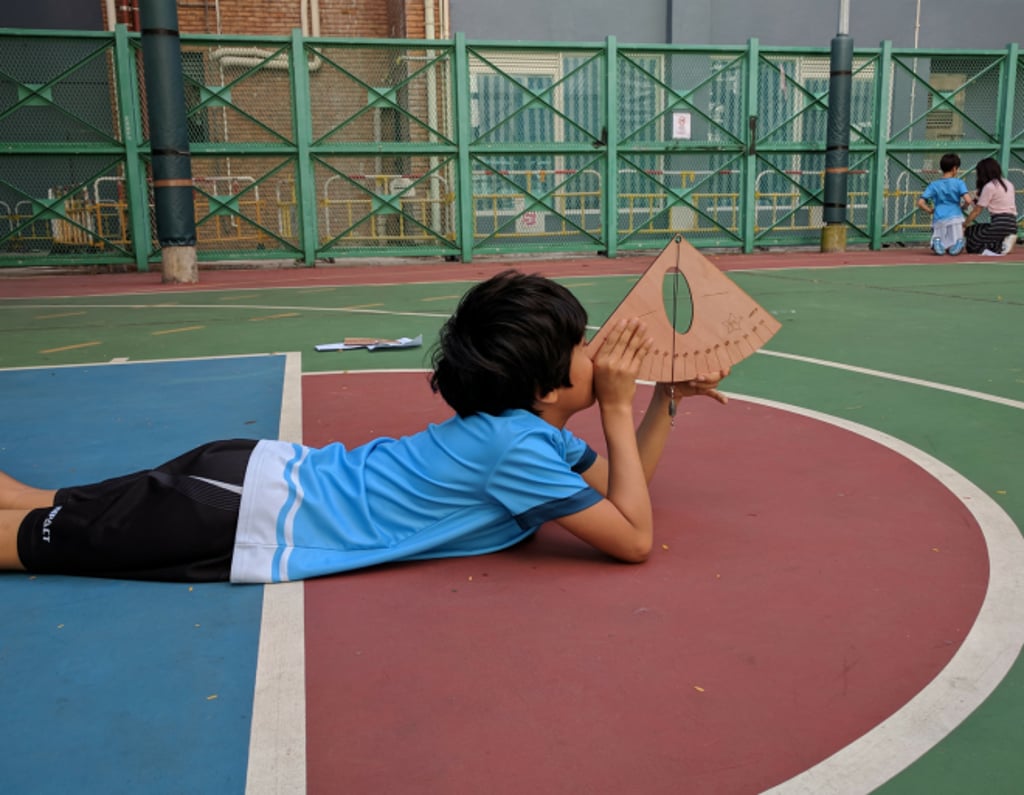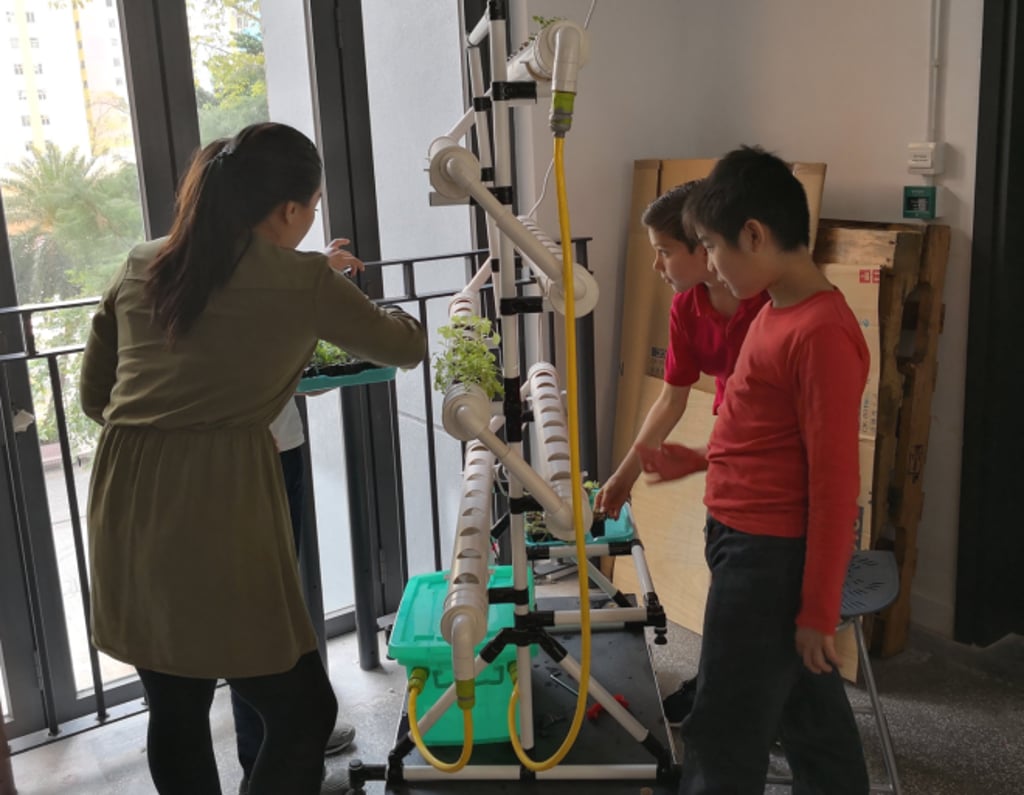
[Sponsored Article]
As a result of the data and funding support from governments and corporations around the world, a growing number of educators, researchers and schools are participating in robotics competitions where students are learning to code software, create designs for 3D printers, and hack together electronics for the next local innovation competition. However, as research develops, many have come to realize that teaching STEM can sometimes lead students down a narrowly focused path where concepts are taught without regard to humanities and social studies subjects. To this end, many schools have added an “A” to include the arts and humanities into the fold, and create a more holistic approach called STEAM (Science, Technology, Engineering, Arts and Math). This approach provides an integrated model of education where all core academic components are seen as working together instead of separately.
Instead of teaching disciplines in independent subject silos, lessons are focused on interdisciplinary learning, project and/or inquiry based. This synthesis of knowledge applied aligns with the way we work and problem solve in our daily lives. Hence by teaching STEAM at school, educators are teaching a variety of real-world skills from project planning to design-thinking to adaptive problem-solving. By learning these skills, students learn academic skills as well as 21st Century skills needed in the workforce such as collaboration, critical thinking and flexibility. These skills are vital to help propel our students into the careers and economies of tomorrow.
At The Harbour School, teachers, leaders and subject coordinators collaborate regularly to design learning opportunities for students that provide experiential learning to real-world concepts. At THS, STEAM education is blended it into student projects in the classroom, in our makerspace, the Foundry, and our Marine Science Center and includes field trips on the school’s 50 ft sailboat and outdoor classroom, the Black Dolphin.
Early Navigators Project
A Grade Five social studies unit at The Harbour School covers learning about the lives and times of early explorers like Hernan Cortez, Christopher Columbus and Ferdinand Magellan and how they used tools and maps to explore new lands. The social studies teachers and STEAM Coordinator designed a series of lessons where students visited The Foundry to design and laser cut navigational instruments which were eventually used on the Black Dolphin to practice navigating map reading.


Integrated Curricular Objectives
Science: Learn the purpose of navigational tools and instruments used during the time of early explorers and how to find coordinates on local maps- taught in G5 classroom.
Technology: Learn to use vector graphic design software to layout designs for laser-cutting- taught in the Foundry.
Engineering: Convert across different units of measure and fabricate personal navigational instruments- taught in the Foundry.
Art: Understand the aesthetic designs of early tools that were usually carved with ornate nautical symbols- taught in the THS Art Studio.
Maths: Measure the angle of the height of the sun to help in calculating the latitude and distance from shore- taught on the Black Dolphin using personal navigational instruments.
Hydroponic Gardening and Entrepreneurship
To add hands on application to advanced math concepts in Middle School at The Harbour School, students participated in a year-long project where they developed a business plan to grow and sell hydroponic vegetables after visiting a local grower on a school field trip. The project was designed to provide an authentic business experience where students solicited and accepted an investment to get the project started, which was later paid back in full with interest. The students designed and built a hydroponic growing system, tended to the plants weekly and produced monthly financial reports. At the end of the year, students had sold several crops worth of herbs and vegetables, eventually made a profit in the third term.

Integrated Curricular Objectives
Science: Learn about optimal conditions for plant growth and about different types of growing mediums and fertilizers- taught in the MS classroom.
Technology: Document the business process through photos, video and social media- taught in the THS Media Tech and Foundry classrooms.
Engineering: Research hydroponic garden system options, then design and build a PVC pipe system that holds seed pods- taught in the Foundry.
Art: Designed a business logo and promotional materials to advertise the sale of vegetables through posters and online ads- taught in the THS Art Studio and Foundry.
Maths: Maintain accounting of financial records and produce monthly reports on revenue, loss and profits, and projections- done in the MS classroom.
Quality STEAM education should allow students to naturally see how each subject is blended together holistically instead of separately. When lessons are designed by teachers, it should be important to work with experts or other teaching staff in each area to help make stronger connections to learning across subjects. Parents who are trying to discern between STEM, STEAM and everything in between should understand that this is not a formal subject or replacement for core academics, but an approach to complement and integrate overlapping concepts as they naturally occur in the real world.
About Mr. Mark Barnett, THS Makerspace Coordinator
With over 12 years of experience in STEAM education and Project-Based Learning in public schools in the United States, Mark inspires students to create with technology as the STEAM Coordinator for The Harbour School. Before moving to Hong Kong, his accomplishments included STEAM programs that were recognized for educational excellence by the White House Department of Education and as an American Graduate Champion by PBS. He has presented extensively throughout the US about equity and access to STEAM education and project-based learning at universities and conferences such as the Stanford University, MIT, SXSWedu, and the National Science Teachers Association.